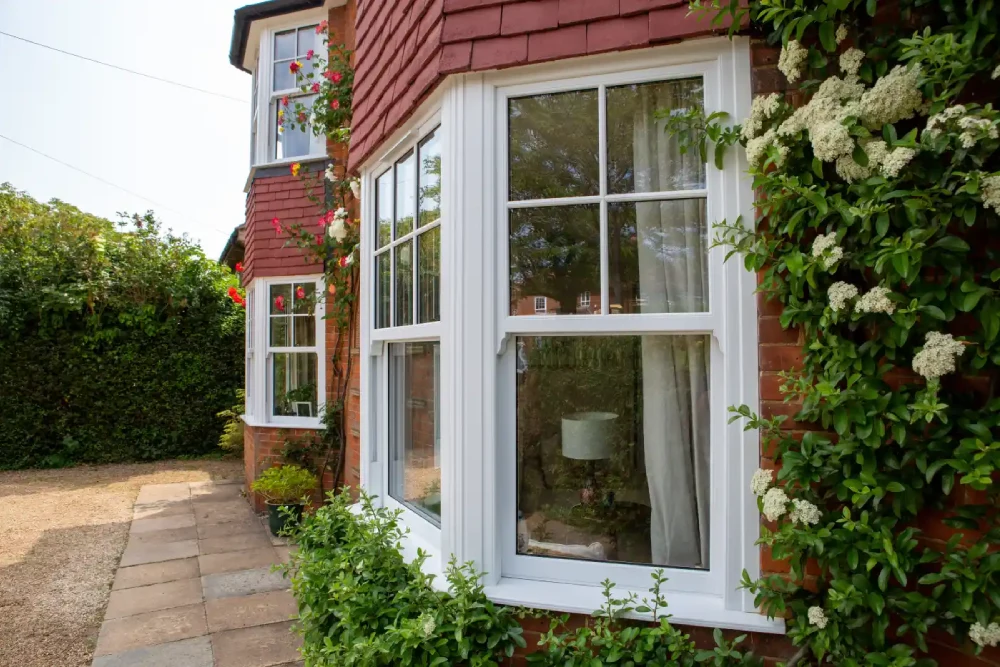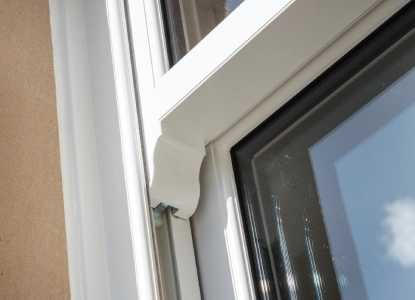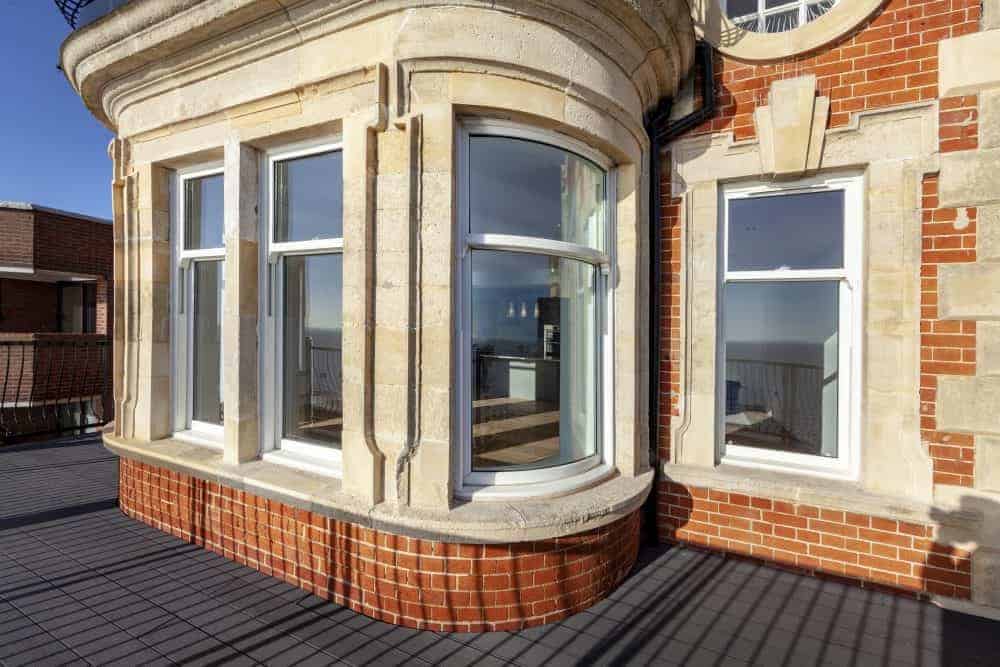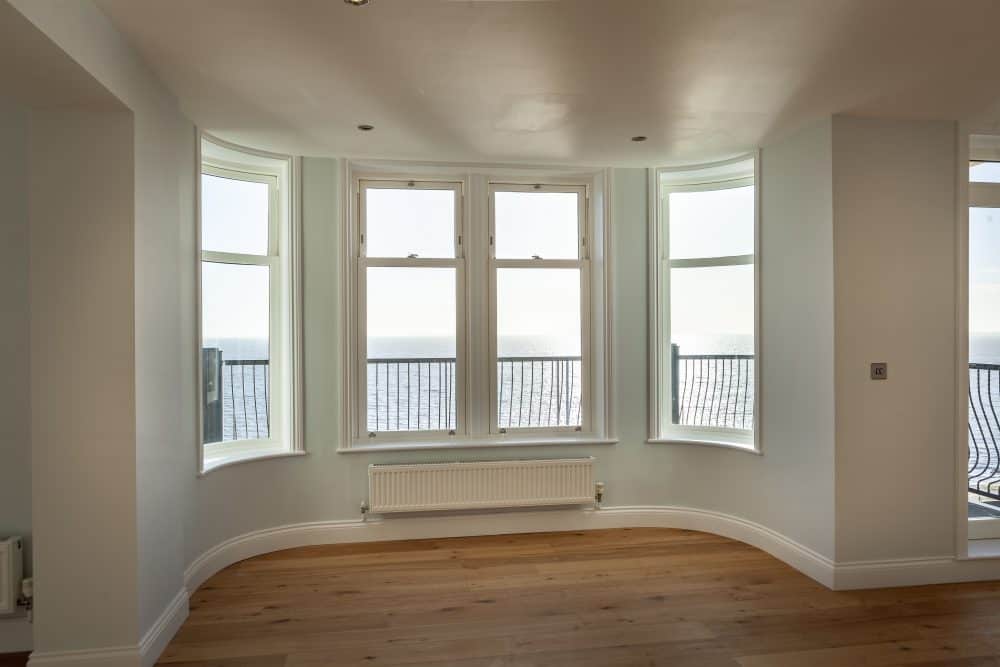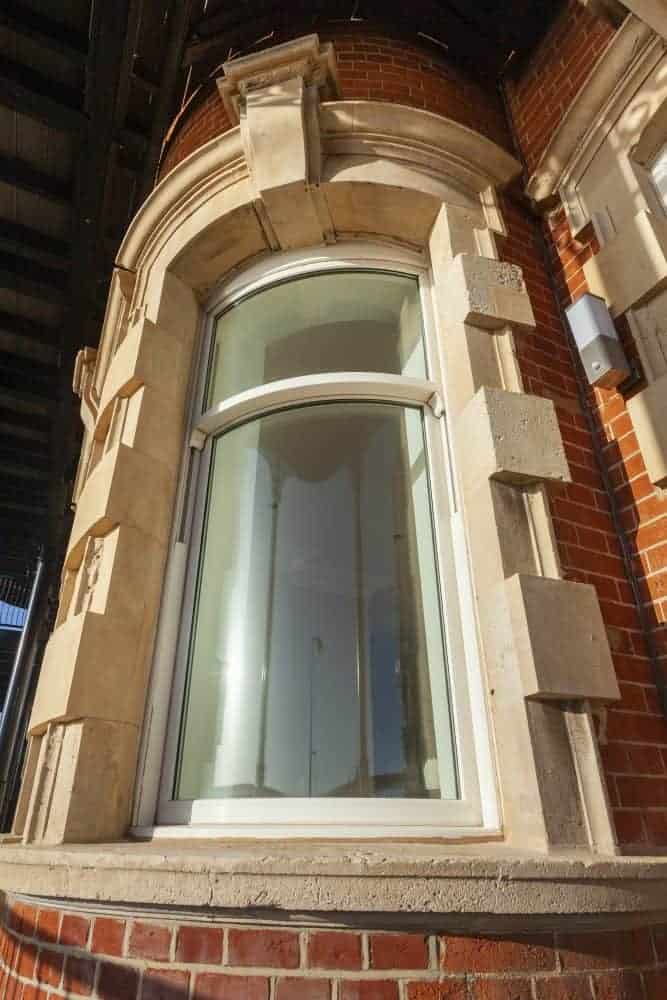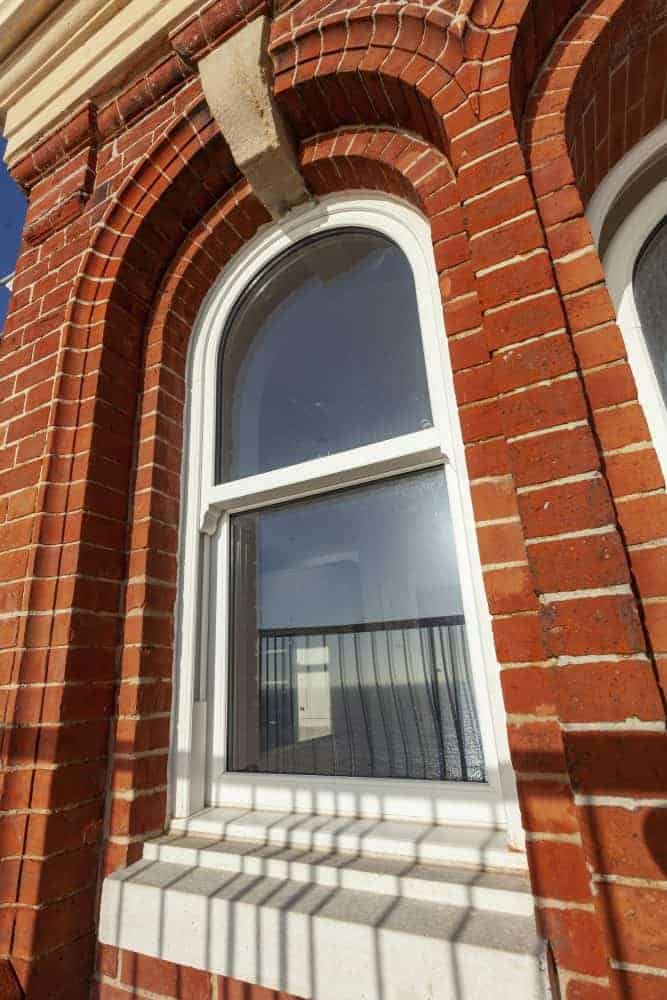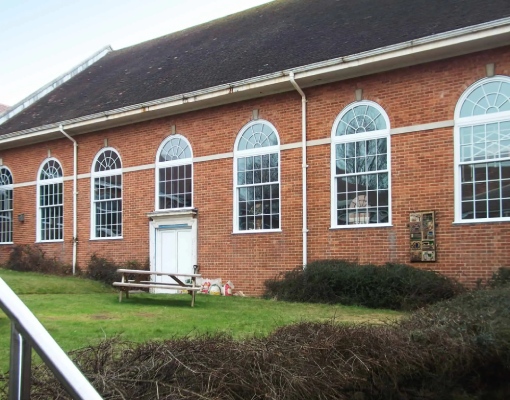Are Acoustic Trickle Vents
Effective for Noise Reduction?
When it comes to soundproofing, there’s often confusion surrounding the efficacy of acoustic or soundproof trickle vents in diminishing noise levels. But what’s the reality behind these claims? This blog delves into whether these vents truly make a difference and offers guidance on selecting the right option for your requirements.
Do Trickle Vents Permit Noise In?
Before delving into the effectiveness of acoustic vents in noise prevention, it’s crucial to address whether standard trickle vents allow sound infiltration.
Trickle vents on small apertures are positioned at the top of the window frames, primarily to facilitate fresh air intake whilst preventing drafts. While some speculate about their potential for letting external noise seep in, the reality is that any noise ingress is typically minimal. While factors like proximity to busy roads may influence noise levels, in general, trickle vents have minimal impact on indoor noise levels.
Understanding Acoustic Trickle Vents
Acoustic trickle vents for windows closely resemble their standard counterparts but incorporate features geared towards noise reduction. These vents operate differently internally, incorporating additional insulation layers or internal mufflers similar to acoustic windows, effectively creating a sound buffer between indoors and outdoors.
Acoustic vents do they work?
The continuous airflow generated by trickle vents can be noisy, particularly in older buildings lacking sufficient soundproofing. Acoustic vents address this issue by reducing noise emanating from trickle vents, thereby enhancing indoor tranquillity. Additionally, they contribute to overall acoustic quality by absorbing excess sound waves. Consequently, installing acoustic vents in existing windows and doors proves effective in mitigating noise from trickle ventilators.
Can Soundproofing be Applied to Existing Vents?
Modifying existing trickle vents to reduce sound pollution presents challenges. Attempts such as applying expanding foam are ill-advised as they compromise ventilation, potentially leading to condensation and other issues. Moreover, such alterations may violate current building regulations, particularly in shared buildings. It’s advisable to opt for new vents instead.
Optimal Trickle Vent Usage
Trickle vents, by design, maintain a steady airflow even when windows are closed, promoting ventilation and energy efficiency. Concerns regarding increased noise or heat loss from leaving vents open continuously are generally unwarranted, as the impact on noise levels and heat loss is minimal. However, periodic closure may be warranted for enhanced quiet or warmth.
Choosing Acoustic Trickle Vents
Selecting the right acoustic trickle vents involves several considerations:
- Size: Vents should facilitate adequate airflow without obstructing views. You should also take into account the amount of ventilation required to conform with building regulations
- Material: opt for durable, corrosion-resistant materials for longevity.
- Reviews: Seek feedback from other users to gauge effectiveness in noise reduction.
- Installation: Ensure proper installation to prevent air leaks and maintain effectiveness.
Final Considerations Whether replacing a single trickle vent or upgrading windows throughout the property, investing in acoustic or soundproof trickle vents can significantly enhance indoor tranquillity. If excessive noise persists, exploring soundproof window options may offer additional relief. It is also worth noting that In June 2022, a new Approved Document F, which covers ventilation in buildings, came into force. The regulations mean that, in most cases, trickle vents in windows will be needed.
What does the new Part F of building regulations say about trickle vents in windows?
Cliff House, Felixstowe
VIEW PROJECTFoxhill House, Chester
VIEW PROJECTUniversity of Sussex, Brighton
VIEW PROJECTVarndean College, Brighton
VIEW PROJECTFrom sash windows to aluminium bifold doors, our high-quality products are engineered and manufactured right here in Britain. We work with fellow UK-operated companies, Spectus Window Systems, Smart Systems, and Jack Aluminium Systems, to deliver only the very best to our trade, commercial and residential customers.
How much do French doors cost to install in the UK?
The cost of installing French doors in the UK varies depending on the size, material, and design. At Mercury Glazing, we offer competitive pricing tailored to your specific needs. Please contact us for a personalised quote.
How to fit door handles?
Fitting door handles can be a straightforward process. First, measure and mark the position on the door, drill the necessary holes, then attach the handle with screws. For detailed instructions or professional fitting services, feel free to reach out to us.
What are composite doors made of?
Composite doors are crafted from a combination of materials, including PVC, wood, insulating foam, and GRP (Glass Reinforced Plastic). This blend ensures strength, durability, and thermal efficiency.
What are composite doors?
Composite doors are high-quality doors known for their robustness, energy efficiency, and security. They are an excellent choice for those seeking a durable and aesthetically pleasing option.
Do composite doors fade in the sun?
Our composite doors are designed to resist fading, even under prolonged sun exposure, thanks to their high-quality materials and construction.
How to adjust composite doors?
Adjusting a composite door usually involves aligning the hinges and lock mechanism. If you're experiencing issues, we recommend contacting a professional for assistance to ensure optimal performance and avoid damage.
How to replace patio doors?
Replacing patio doors involves removing the old doors, preparing the opening, and installing the new doors. It's a task best handled by professionals to ensure a perfect fit and functionality.
How much do patio doors cost?
The cost of patio doors varies based on size, material, and design. Contact us at Mercury Glazing for a bespoke quote that matches your specific requirements.
How much are French doors?
The price of French doors depends on the material, size, and design details. We offer a range of options to suit various budgets. Please get in touch for a tailored quote.



